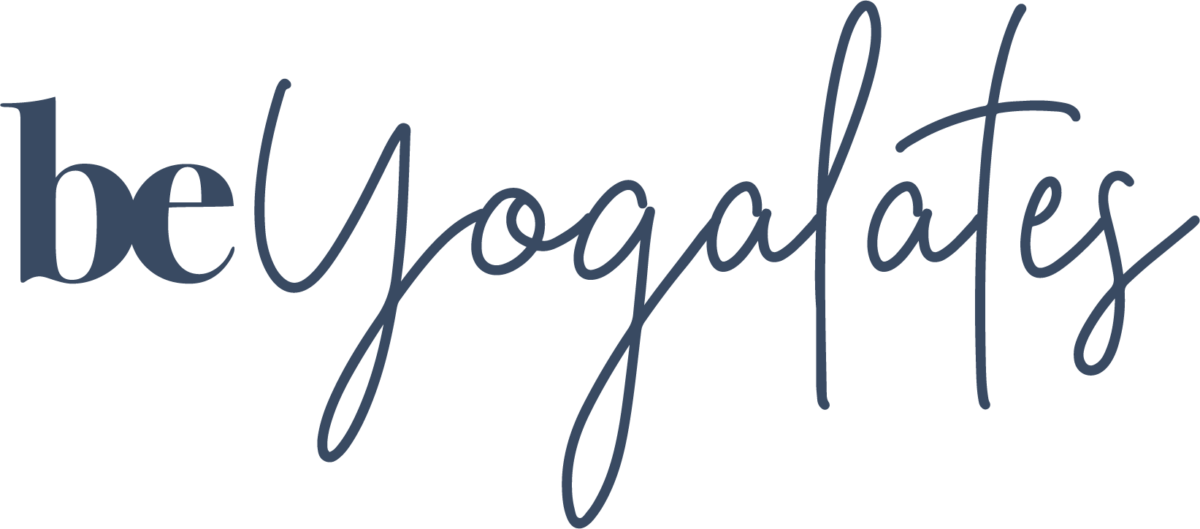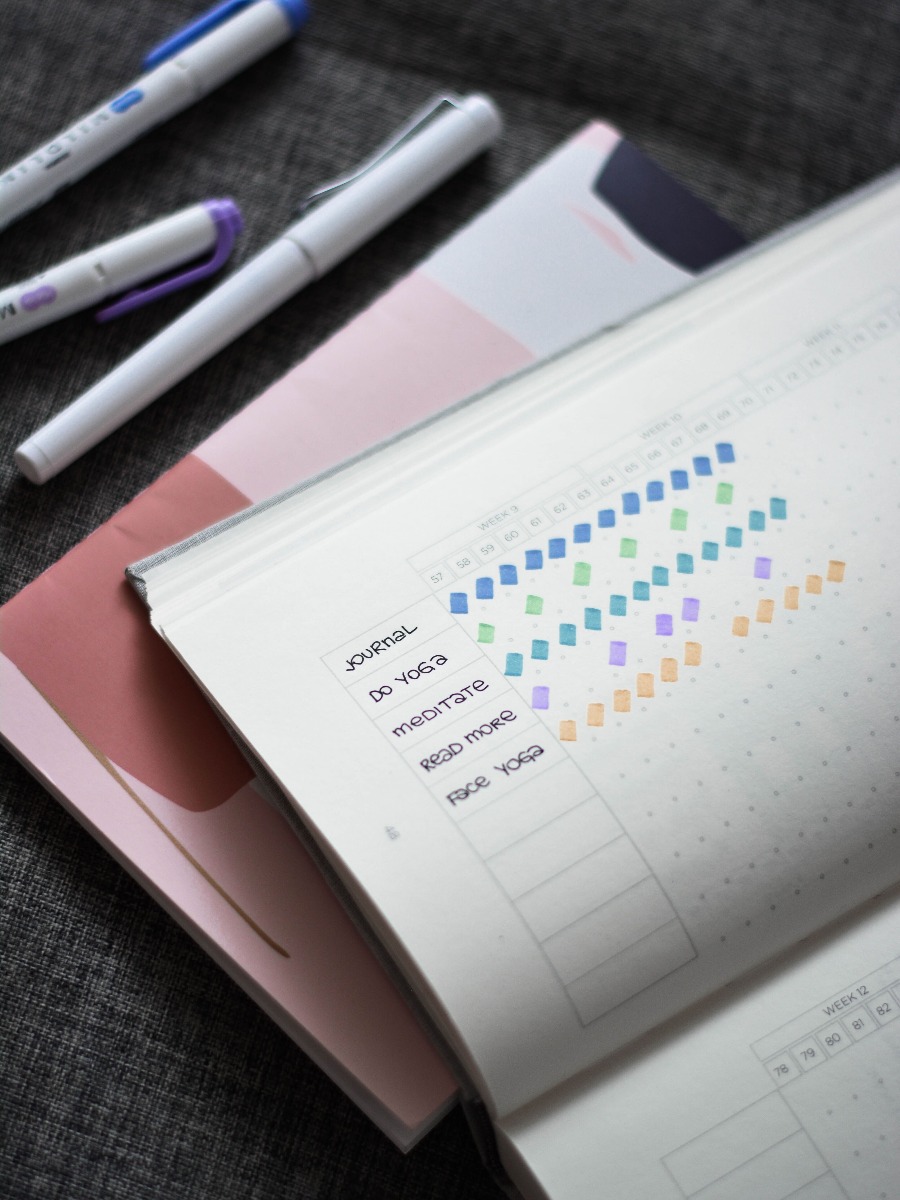Are you looking to make your occasional yoga class, strength training or Sunday jog a regular ritual? You may be one of many casual exercisers who wants to sweat more often, but struggles with finding the workout motivation to make fitness a regular daily routine…
Our lives are nothing but a string of habits, one after another. In fact, where we are right now physically is mostly a product of the decisions we’ve made, and routines we’ve established up until this very moment. Most ok us know that exercise is good for us but that’s not always particularly helpful in figuring out how to get in the groove and become that person who says, “I’ll set the alarm for 6 am so I can do my workout before work” or “ I’ll meet for coffee but gonna have a run first”. We’re told we have to “want it” enough. Or that you have to do something regularly before it becomes second nature…. a habit, a routine…
There’s a simple neurological loop at the core of every habit, a loop that consists of three parts: A cue, a routine and a reward. To understand your own habits, you need to identify the components of your loops. Charles Duhigg, author of The Power of Habit: Why We Do What We Do in Life and Business advises making the benefits of working out more tangible, such as by treating yourself to an açaí bowl or a massage or a Netflix binge afterwards. He describes creating a neurological “habit loop,” which involves a cue to trigger the behavior (setting out your yoga tights or running shoes next to your bag), the routine (making it through the yoga class then the reward. “An extrinsic reward is so powerful because your brain can latch on to it and make the link that the behavior is worthwhile,” he explains. “It increases the odds the routine becomes a habit.”
Over time, the motivation becomes intrinsic or an automatic reaction , as the brain begins to associate movement, breath, and sweat with the surge of endorphins — those feel-good chemicals released in the brain that are responsible for that “I-feel-soooo fabulous”. For me, when I wake, I’ve made a concerted effort not to reach for my phone ( so hard at first to break the habit) and to practice just a few minutes of breath awareness or a short body scan then plan my day. This usually involves morning exercise routine such as spin bike or YOGALATES. I then feel set up for the day and enjoy the reward of peace of mind (the feel good endorphins), a coffee a treat and the knowing that I have nurtured my body and mind. It’s now a habit for me that has become part of my daily routine.
For me, this daily ritual can be divided into four simple steps:
the cue, it’s morning so let’s begin
The craving; I know I’ll feel good after breathing and moving
The response; I choose an exercise that I enjoy and listen to my body as to whether it’s a strong intensity or gentle ‘ freeing’ routine
And of course, the reward; the feel good endorphins ( hormones), the banana muffin, or wine and the peace of mind…
Breaking it down into these fundamental parts can help us understand how we form a routine, how it works, and how to improve it.
Pick a few habits or behaviors you want to reward—such as meditation, visiting the gym, doing a YOGALATES class or eating better. …
At the same time, choose a few of your favorite vices—binge-watching a show, having a spa or long bath ordering take away, having ice cream or treating yourself in some other way—to use as rewards.
HEALTHY HABITS;
· Making eating colorful., lots of fruit and veg
· Don’t skip breakfast.
· Pick enjoyable activities that involve movement and or learning!
· Don’t be a couch potato, exercise regularly
· Read.
· Drink water.
· Look at labels. Avoid the sugary and preservative stuff
· Enjoy a family dinner… eat well and talk!
· Unplug your devices for some time each day
· Say positive affirmations to yourself… talk to yourself as you would to do
· Done you love
· Be accountable
· Stick to your goal
The trick is taking small steps to achieving a healthy life, a regular exercise routine and a body and mind that rewards you for it! Set goals daily or weekly that are achievable Eg. I will walk 2 km each day, and develop the habit loop by repeating this at the same time each day. Reward yourself for doing so…
There’s no need to start with a marathon. If we set the bar too high with strict dieting and rigorous training regimes we soon find we get exhausted, unable to keep up the program and ultimately falling back into poorer habits… been there? I have, back in the days of cutting out major food groups, exercising for hours each day and then ‘ failing’ ( in my eyes). Over time I have learned to set achievable goals that nuture my body and mind and still enjoy treats in moderation…
If you want to do something right, you must first establish the habits based around that ideal. Everything up until this point must take place before a habit can be formed
In Lally’s study, it took anywhere from 18 days to 254 days for people to form a new habit. In other words, if you want to set your expectations appropriately, the truth is that it will probably take you anywhere from two months to eight months to build a new behavior into your life. So,
STICK AT IT;
The first thing to keep in mind is that in order for something to become ‘routine’, you need to stick at it. Once you’ve set up a system for when/how/where you’re going to exercise, keep at it, even if you reaaaaaaaally don’t feel like it. It’ll become easier over time and will eventually become a habit that you don’t even need to think about. That means your plan should comprise daily, weekly and monthly steps that propel you forward. If your goal is to work out at the gym three times per week, carve out the time to do so and schedule those sessions in.
FIND A TRIBE;
The laughs, high fives and words of encouragement from the bonds people make are things money simply can’t buy. Accountability doesn’t have to be hard. You can meet a friend for a jog or a workout, sign up to an online program or a class, or even seek the accountability from others on the internet working toward a similar goal.
MAKE IT AFFORDABLE;
Movement and exercise doesn’t have to cost you anything. Going for a walk, a run , a surf, rolling out your yoga mat or just throwing a ball around at the park, are all free. Plus, YouTube is an amazing resource for free, guided exercise….There are lots of phone apps, fancy watches, and even the simple , effective and low cost pedometer to help track your progress.
THE MAGIC NUMBER;
While we should all be aiming for 30 minutes of moderate exercise every day, only you can decide how much time you can devote to it. Decide on specific times that you can exercise, and make a date with yourself.
MAKE A LIST;
Brainstorm all of the activities you enjoy, both indoors and outdoors. Anything from dancing to Queen in the lounge room to climbing trees! Perhaps save the ones you enjoy most for the days you less than enthusiastic to move!
WHATS THE RECIPE;
Any exercise is good for you, but if you want to know the ideal workout, here it is: a routine that includes strength, this can be lifting weights or using you’re own body weight. flexibility (things like YOGALATES or simple stretching) and things that get your heart rate up (aerobic activity) such as power flow YOGALATES, HIIT sessions running, walking, or pushing those pedals!
GIVE YOURSELF A REAL REWARD;
Sure, some people might be motivated by vague goals such as “better health” or “weight control.” But if that’s not doing for you make sure you choose a reward you’ll enjoy cause you’ve earned it!
What will that be for you?
References;
https://charlesduhigg.com/how-habits-work/
www.helpingyouengineeryourfuture.com ›
Using the Power of Habits to Work Smarter.
See you on the mat,
Lisa x

